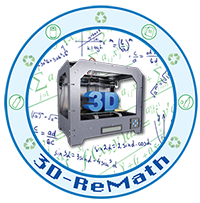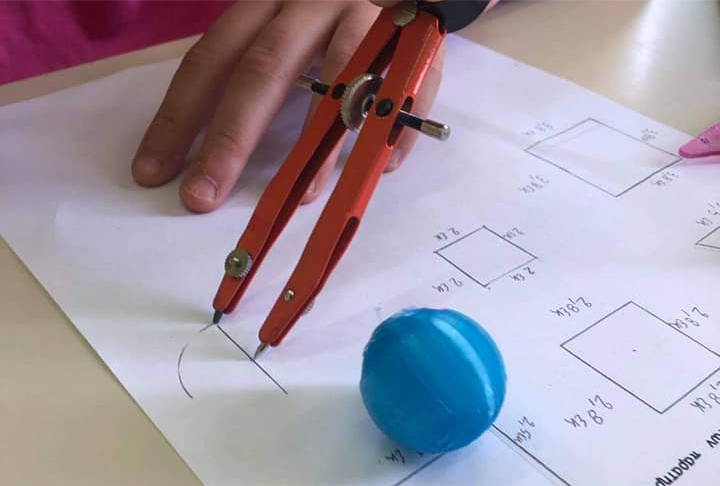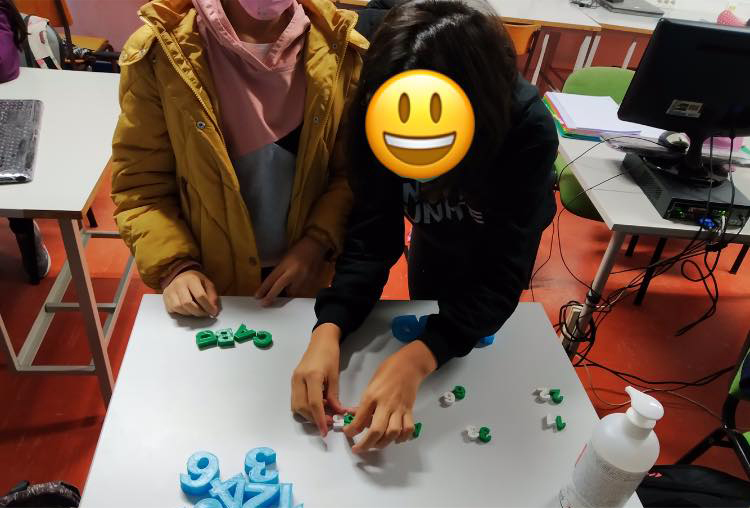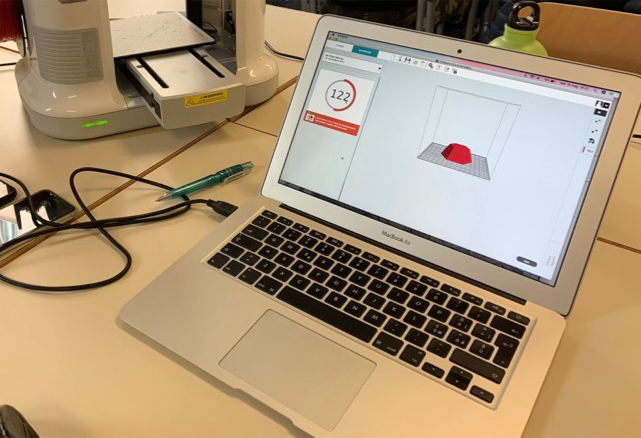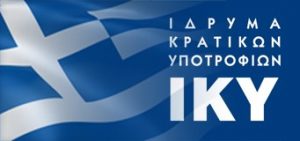Curricula on Recycling, Part 1
1. Aim of the course
This course aims in introducing the main concepts of waste management and recycling while presenting practices followed “at home and at schools” in the countries and specifically the municipalities participating in the project. During the course, students will learn the importance of the hierarchy in waste management as well as the main elements of a waste management system. Terms such as reduce, reuse, and recycle will be clarified and also which are the benefits of each one.
2. Learning outcomes
- The skills that students will be expected to acquire after the end of the course are:
- Understanding of waste generation and the related environmental problems
- Knowledge of waste management hierarchy
- Knowledge of current practices in the European Union and in their countries
- Knowledge of benefits related to reduce, reuse and recycle
- Familiarisation with tips on proper way to reduce, reuse and recycle at home and at school
- Raising awareness on reduce, reuse and recycle to their families
- Possible change their habits on waste management in daily life
Curricula on Recycling, Part 2
Marine environment includes the water masses of the planet such as seas and lakes as well as all marine species. It should be protected and conserved due to its vital role on Earth. The seas and oceans are our greatest source of biodiversity since they cover 71 % of the Earth’s surface and they contain 90 % of the biosphere.
Marine environment is related to a lot of aspects of our lives, since economic activities such as tourism are based on it and its environmental condition. The EU’s aim — according to the Lisbon agenda — is to become the world’s most competitive and dynamic knowledge-driven economy by 2010.
Marine litter affects the oceans globally and plastics seem to be a major problem in marine ecosystems’ health. Ιmages with plastics in the marine environment are known worldwide. A lot of clean ups are organized to reduce litter from the seas, but this is not the most efficient method. Plastic seems to be banned in EU and actions like plastic free events are starting to increase between the countries. This seems to agree with the first step of waste management hierarchy, which is prevention. Avoidance of plastic means that we search for alternative
solutions and this is the first step to reduce plastic.
Except from plastics, microplastics and their impacts on ecosystems and on human’s health are of great concern. We have to understand what microplastics are, what are their impacts and if there is a way to cope with the situation.
3D printing gives an alternative way of management for plastic items. It does not require the same procedure as recycling as it can be done on a smaller scale such as in the case of a school curriculum. 3D ReMath aims to use 3D printing at schools in order to give an alternative management with the participation of students.
Curricula on Recycling – Recycling Technologies, Part 3
Presentation for Students
- Collection of waste
- What is happening after the truck
- Recycling Technologies
- Mechanical recycling
- How does it work?
- Mechanical recycling step by step
- What are the benefits?
- Challenges
Presentation for Teachers
- Life cycle of plastic
- Circular economy of plastic packaging
- Mechanical recycling
- Chemical recycling
- Secondary materials and recycled products
- Plastic to filament
- Projects on recycling
- Activity

